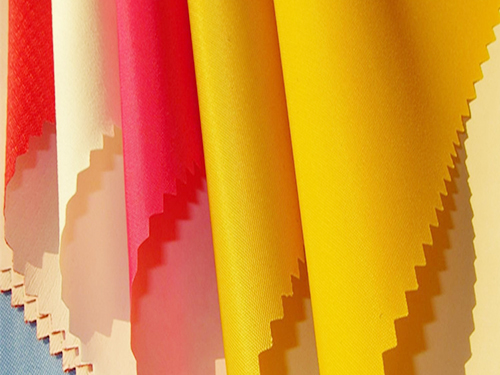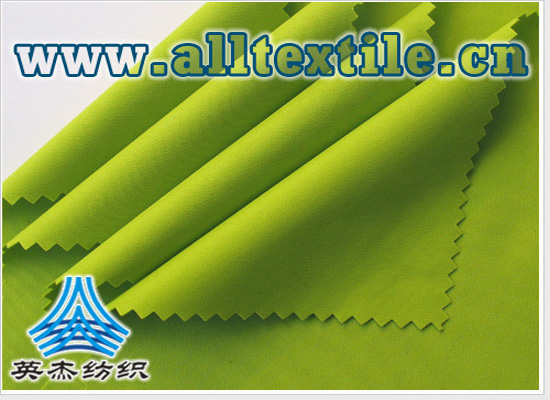It not only inhibits bacteria and viruses, but also improves comfort. Multi-layer composite fabric is made into new protective clothing
Stuffy, airtight, poor comfort, high disposable cost… Is this what everyone thinks of the “Dabai” protective clothing?
On February 28, reporters learned from Nantong University that the school’s protective clothing research and development student team has developed a new type of protective clothing with active antibacterial and antiviral functions. The protective clothing has a bacteriostatic rate of over 99.99%, an antiviral activity rate of over 99.42%, and can be reused more than 50 times.

At present, the mainstream medical protective clothing fabrics in the market Spunbond-meltblown-spunbond composite fabrics are commonly used. This fabric has the advantages of strong barrier properties against bacteria and strong resistance to hydrostatic pressure, but at the same time it only has passive barrier protection functions and poor breathability and moisture permeability. It has shortcomings such as poor quality, non-reusable, and high single-use cost.
In response to the shortcomings of existing protective clothing, the Nantong University protective clothing research and development student team spent nearly 2 years developing a multi-layer, highly moisture-conducting, reusable Protective fabric. The new protective clothing fabric is composed of a hydrophobic protective layer, an antibacterial isolation layer and a comfort layer. The outermost layer of the fabric is a hydrophobic protective layer. The team treated polyester fabrics with silicone hydrophobic agents, and used normal temperature and pressure plasma etching and induction technology, as well as high-temperature baking treatments, to produce super-hydrophobic polyester fabrics that achieve waterproof and self-cleaning functions. Test results from professional institutions show that the fabric has excellent fastness to washing and rubbing, ensuring the reusability of the final product.

The middle layer of the fabric is an antibacterial insulation layer. The team first used a chemical in-situ reduction method to prepare an efficient and stable nano-silver antibacterial agent with a particle size of about 10 nanometers in a water-based polyurethane system by regulating the concentration of silver nitrate, the amount of polyurethane, and the reaction temperature. The antibacterial agent can achieve low load quantity, high antibacterial rate. Subsequently, the team used multi-nozzle electrospinning technology to add antibacterial agents to the spinning solution to create a high moisture conductivity antibacterial and antiviral PU isolation film, which not only achieves physical barrier but also has active antibacterial and antiviral functions, further enhancing the The protective performance of the protective clothing itself.

The innermost layer of the fabric is the comfort layer. The team added a layer of warp-knitted mesh to the inner layer of the composite fabric to protect the middle insulation layer from scratches and further improve wearing comfort.
Considering the protective performance and wearing comfort of the final product, the team used glue dispensing technology to repeatedly optimize the amount of glue, coating pressure, compound pressure, Curing temperature and other processes ultimately achieve a high degree of composite structure of the three layers, while ensuring the functional integrity of each layer structure and achieving the purpose of integrated design.
Professional test results show that the composite protective fabric has better filtration efficiency, water permeability resistance, synthetic blood penetration resistance, breaking strength, moisture permeability, and waterproofness , static electricity attenuation and antibacterial properties have shown excellent performance. At the same time, after the protective clothing was decontaminated multiple times with different disinfectants, the performance of the protective fabric changed slightly in all aspects, showing excellent reusability.






